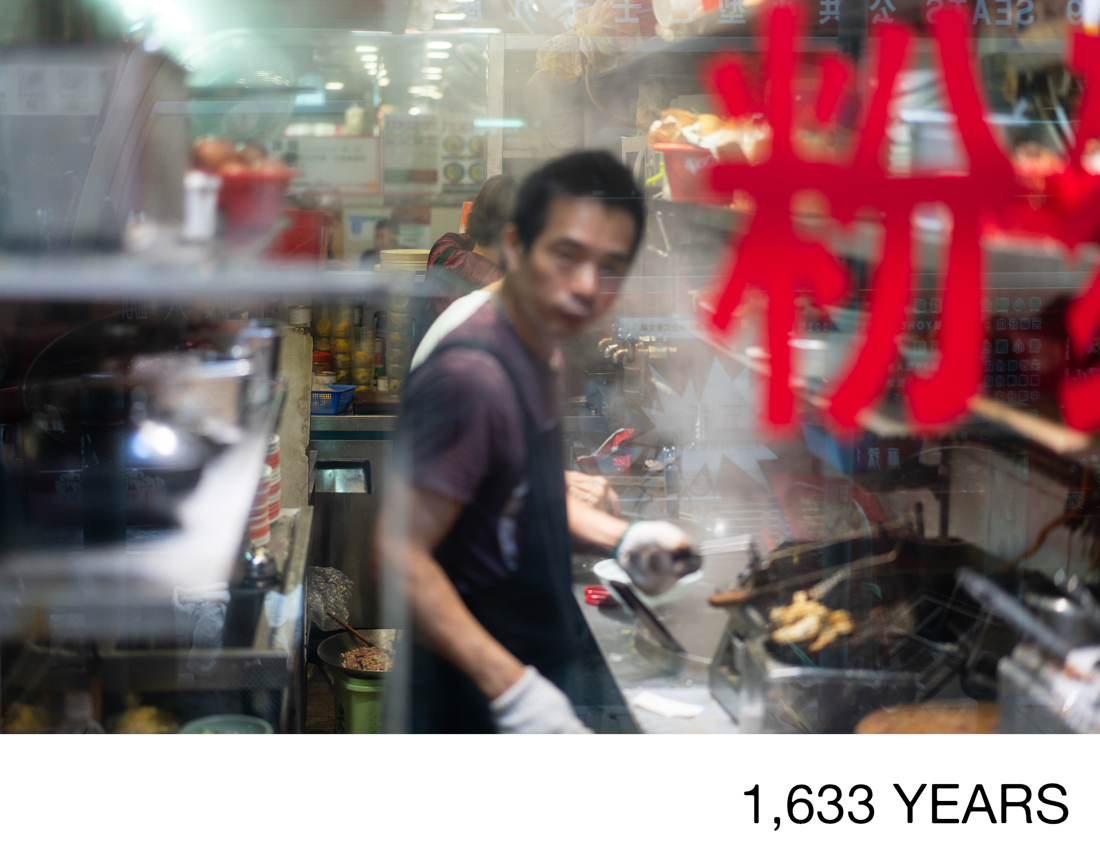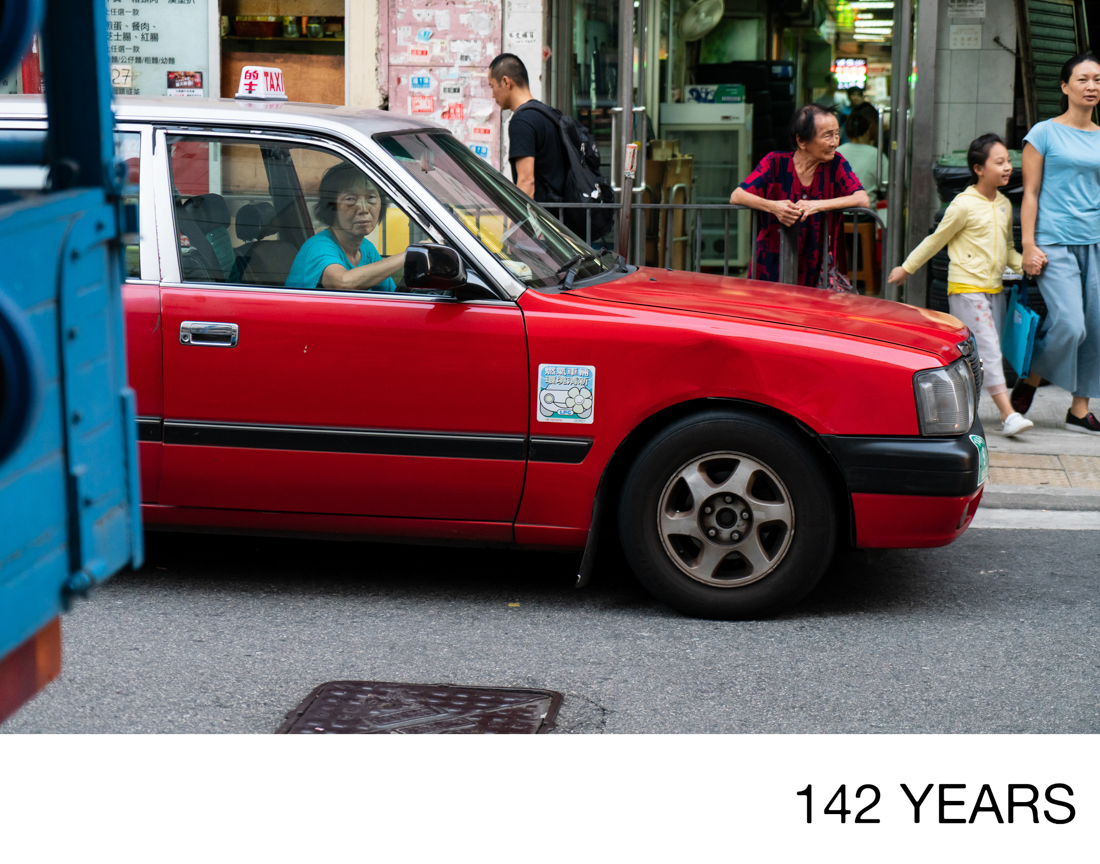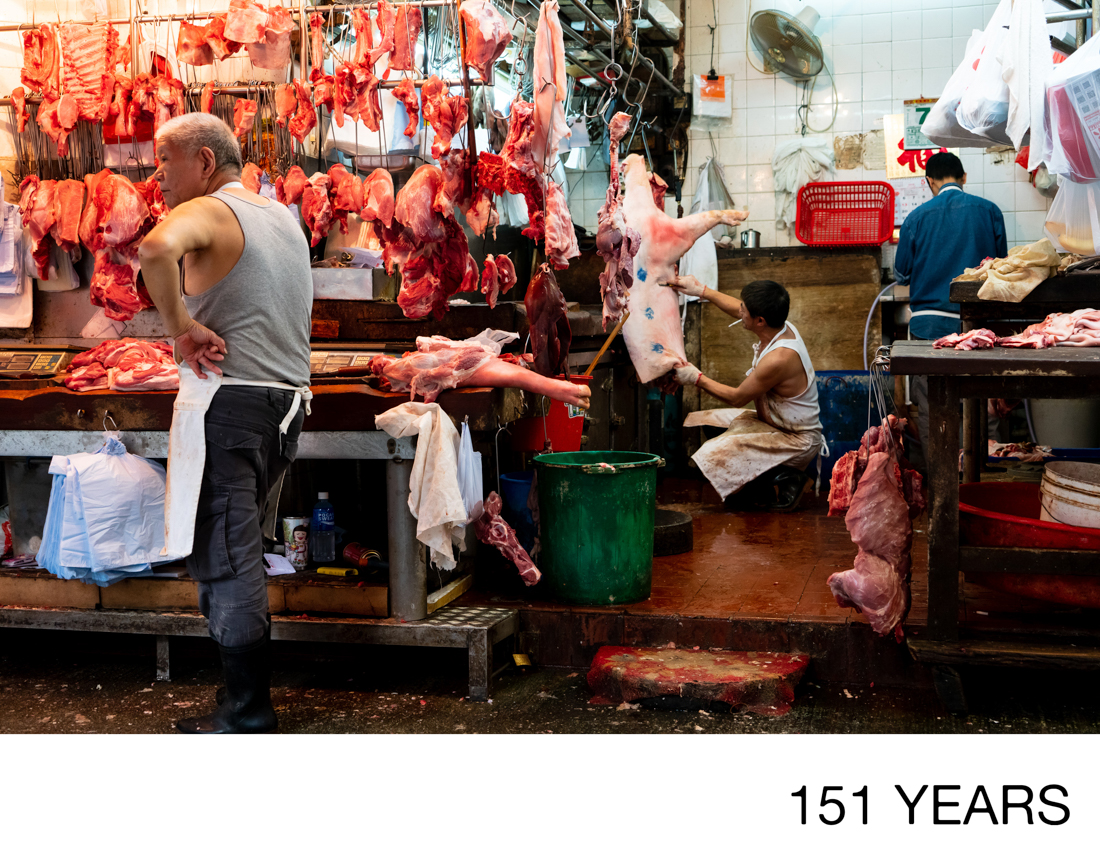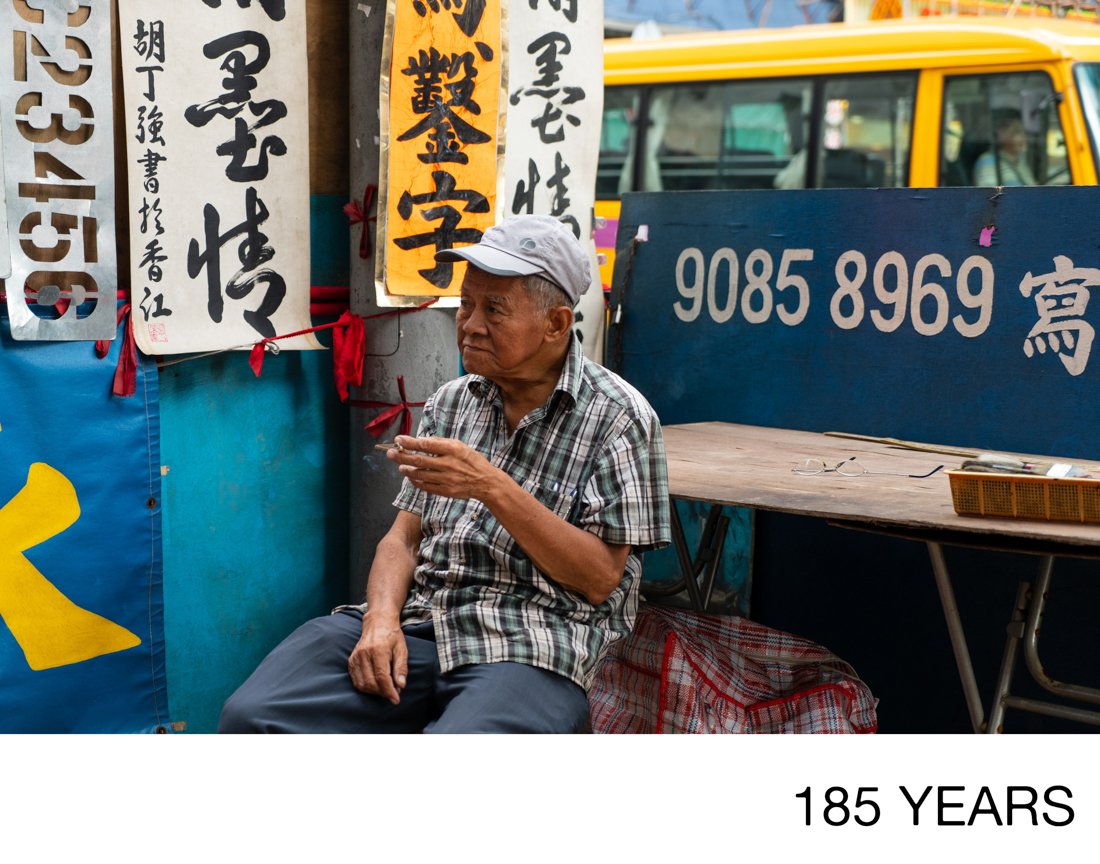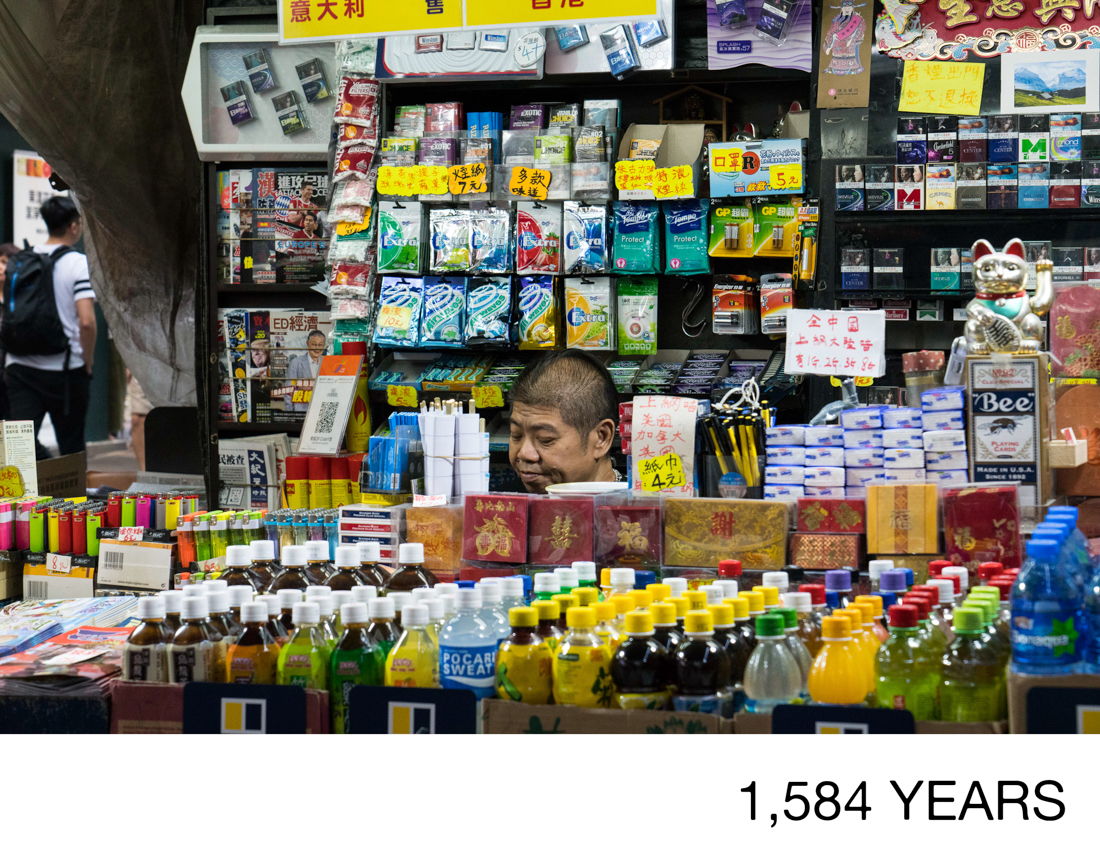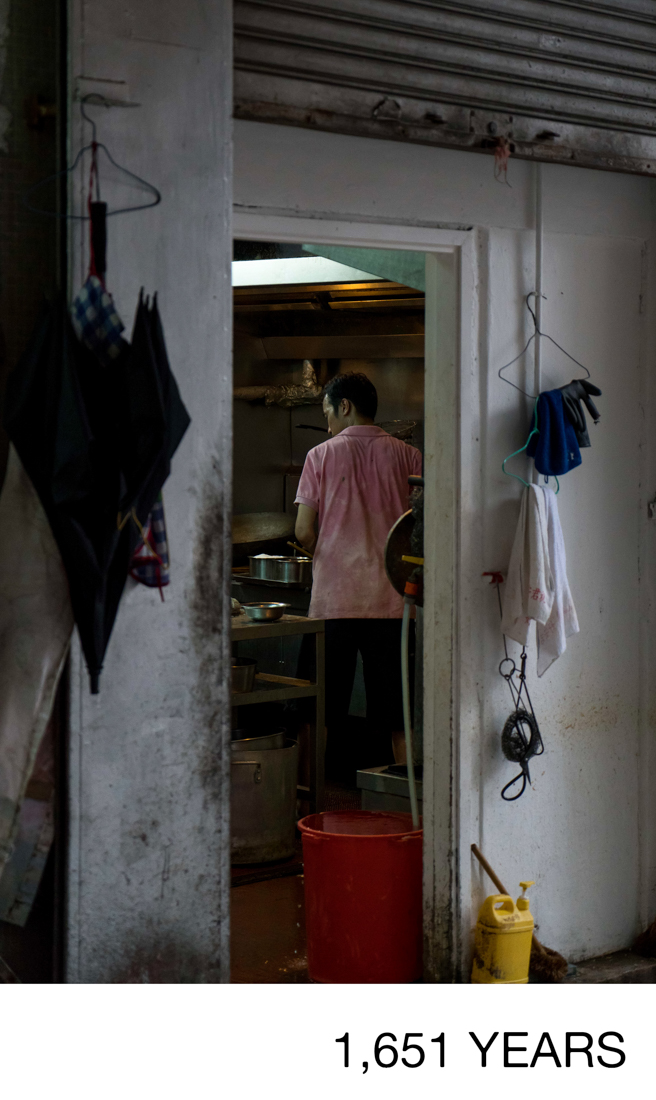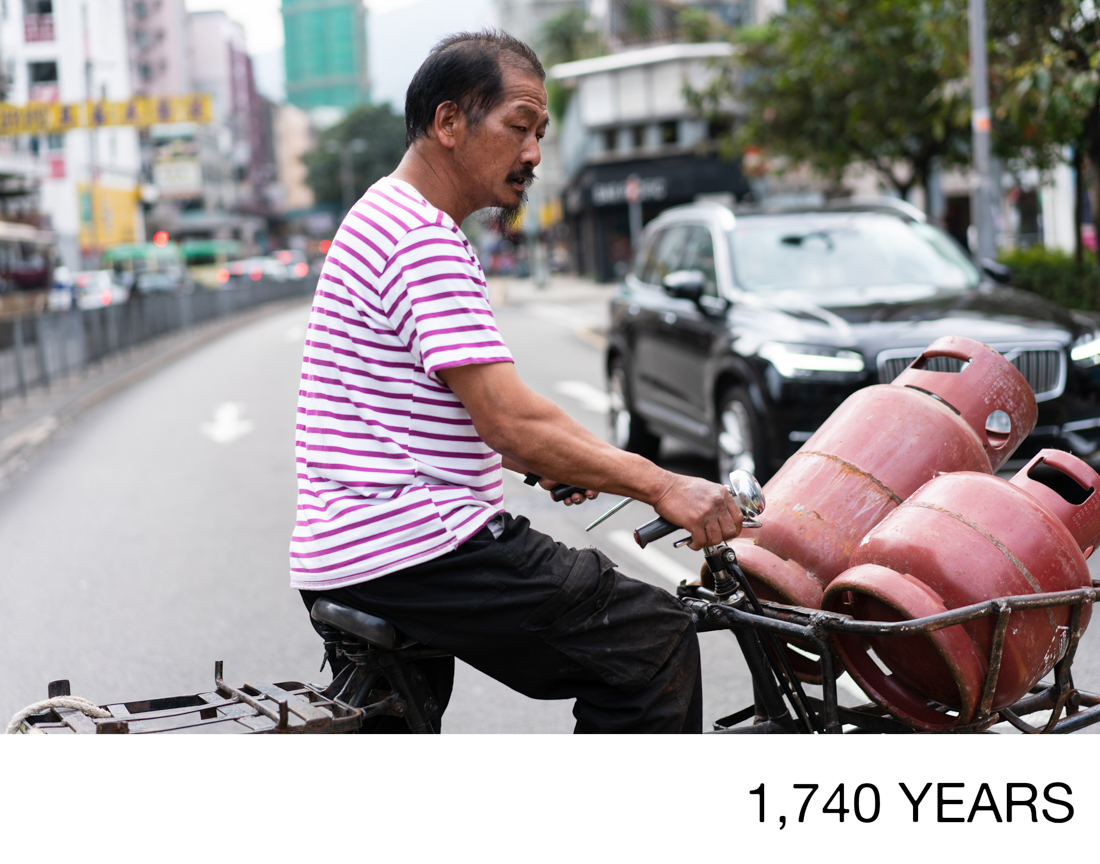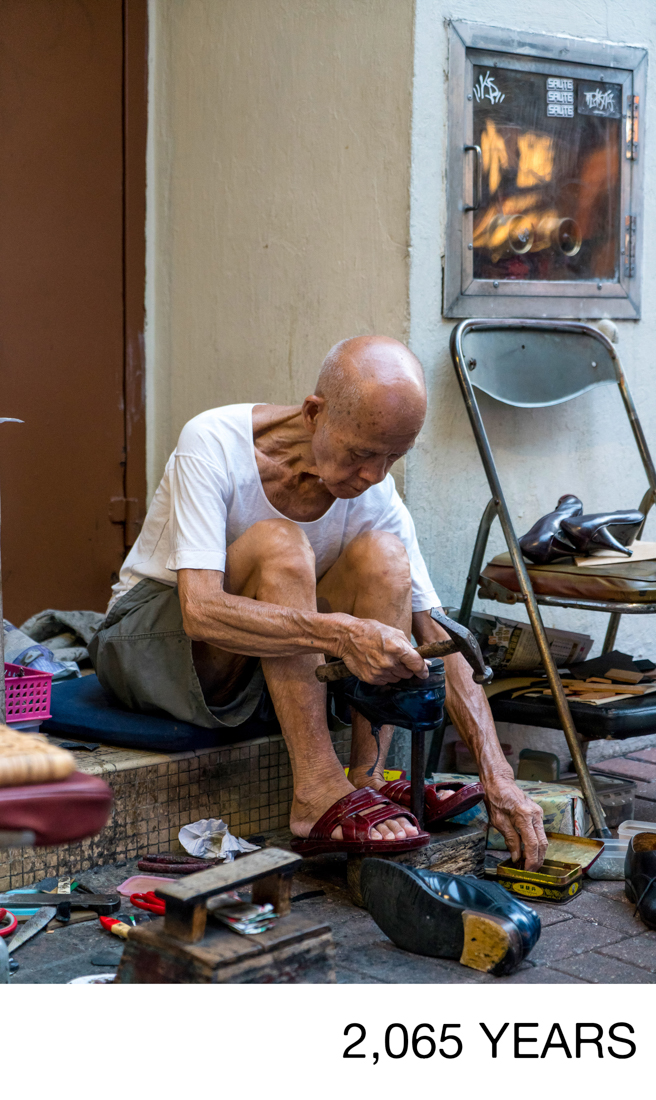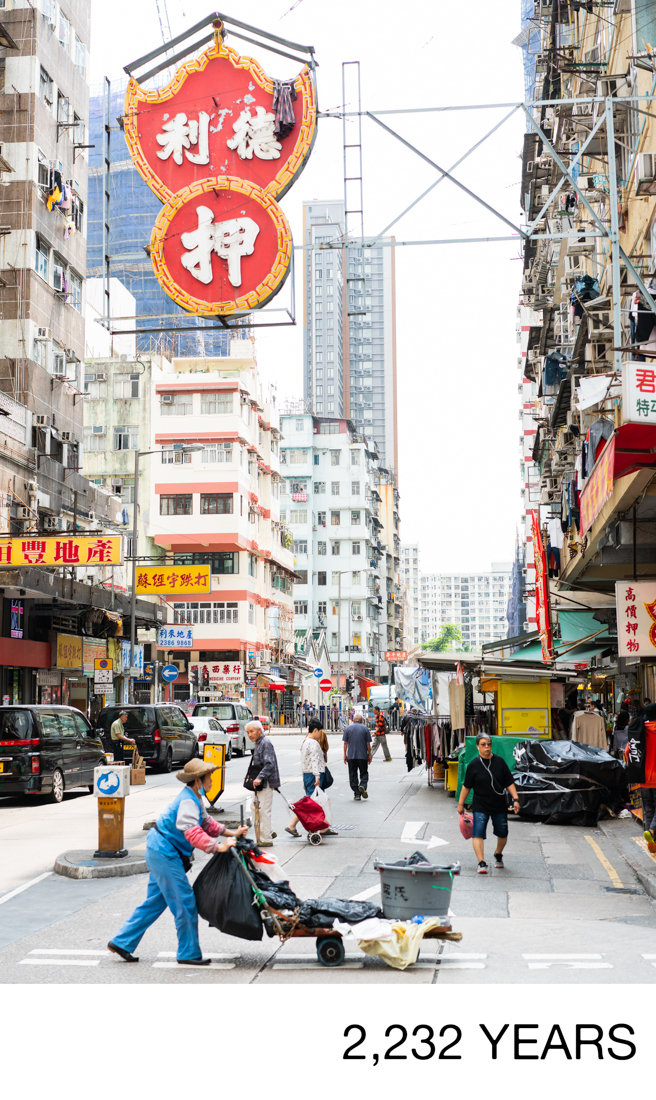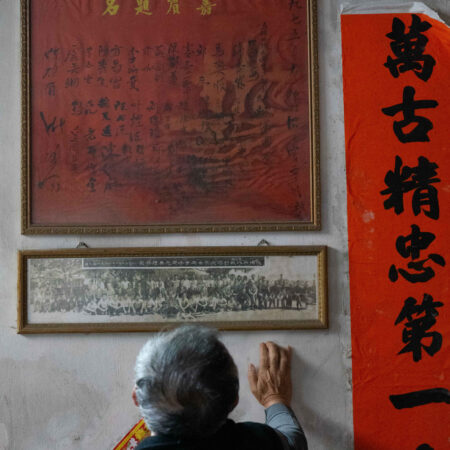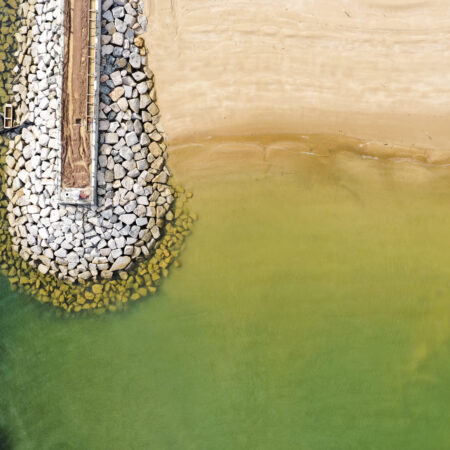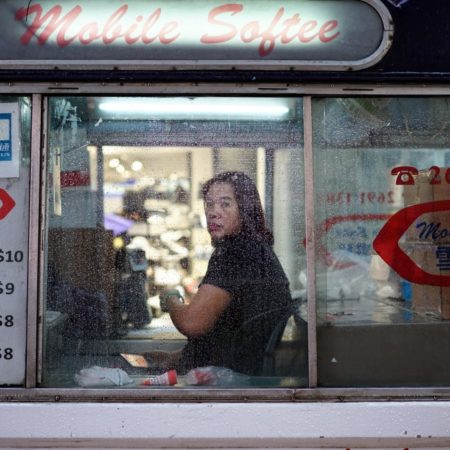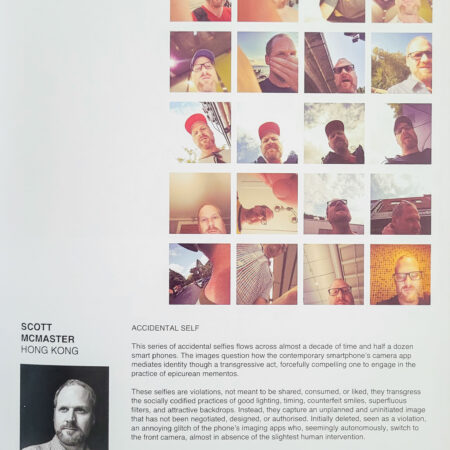Description
This ongoing visual inquiry examines power relations in everyday life, particularly with regard to labour at the street level in Hong Kong and the lifestyle it garners. The working title “Six in Seven: Hong Kong Labour at Street Level” is in reference to a recent SCMP article that one in seven Hong Kongers is now a USD millionaire[i], enriched chiefly by the real estate market. The property market in Hong Kong is well known for being one of the most expensive in the world with the median rental price, US$2025 for under 450sqft[ii], this fee easily matches or vastly exceeds the monthly income of even the highest earners pictured in my series. This means many who live on their own rent subdivided flats, also known as ‘coffin homes’, with a median price of US$535 for 64sqft. The contrast of this disparity between the world of the property owners and those who can only dream of owning a modest dwelling is most visible at the street level. Turning your gaze away from the glitzy, towering high-rises and traffic rife with Porsche, Lamborghini, and other luxury cars you will witness some of the scenes I have captured, which are commonplace throughout Hong Kong.
Labour at multiple levels is much more visual and visceral at the street level in Hong Kong especially compared with western cities where work is often tucked neatly away in backrooms or hidden down seldom traveled alleyways. Due to some of the highest population densities in the world there are no backrooms, alleys cannot be wasted and form lively pedestrian zones filled with various activity and commerce; one can find an auto shop, hair salon and street food vendor all within steps of each other. A takeaway is squashed inside a tiny box behind glass near a recycling depot and a makeshift shop of refreshments makes use of a sliver of space between two towering high-rises.
Real estate moguls control much of the development in Hong Kong and aim to keep prices high and development slow, the waiting list for even a modest government “subsidized” public housing unit of 430 sqft runs almost 6 years but the needs far out stretch the supply and the list grows each year along with the waiting time. Beneath each image additional information gathered from the Hong Kong Government Labour and Savings Surveys provide additional context and give an approximate number of years worked necessary for people in occupations, like those portrayed, to afford even a modestly priced apartment in Hong Kong, illustrating the absurdity of home ownership for most and the extreme challenges of even renting. More recently these housing issues are thought to be one of the underlying causes of the five month long unrest and weekly protests that have engrossed Hong Kong.
Despite these overwhelming figures this project showcases the hard-work, stoicism, and resilient spirit of the local population that meet the needs and labours of everyday city life, providing captivating and stark contrasts to those who work towering far above them in modern glass skyscrapers.
[i] https://www.scmp.com/business/banking-finance/article/2138331/one-seven-hong-kong-millionaire-property-and-stock-market
[ii] https://www.scmp.com/business/article/2160554/nearly-half-hk-flats-rent-us2550-month-70-cent-median-household-income
